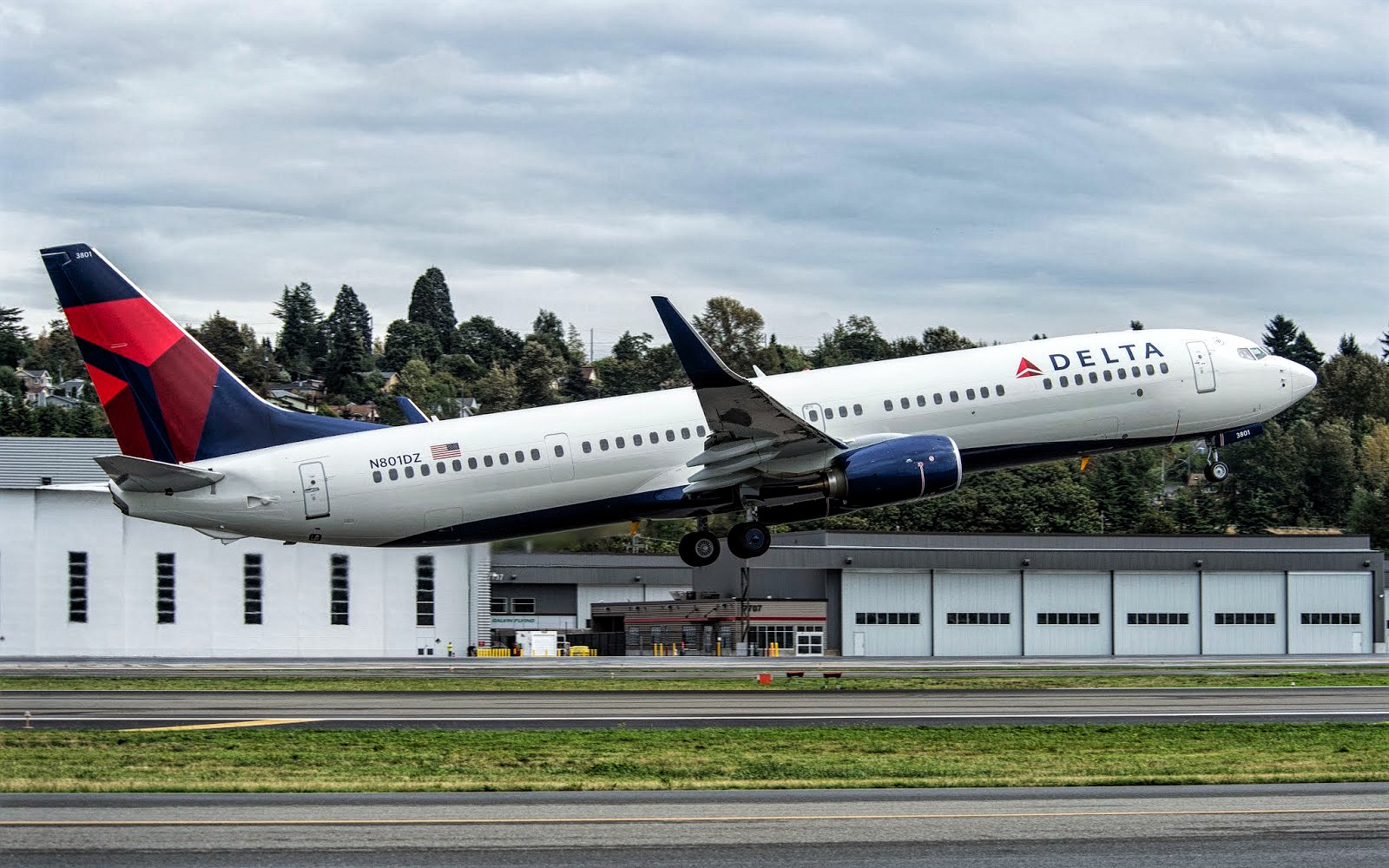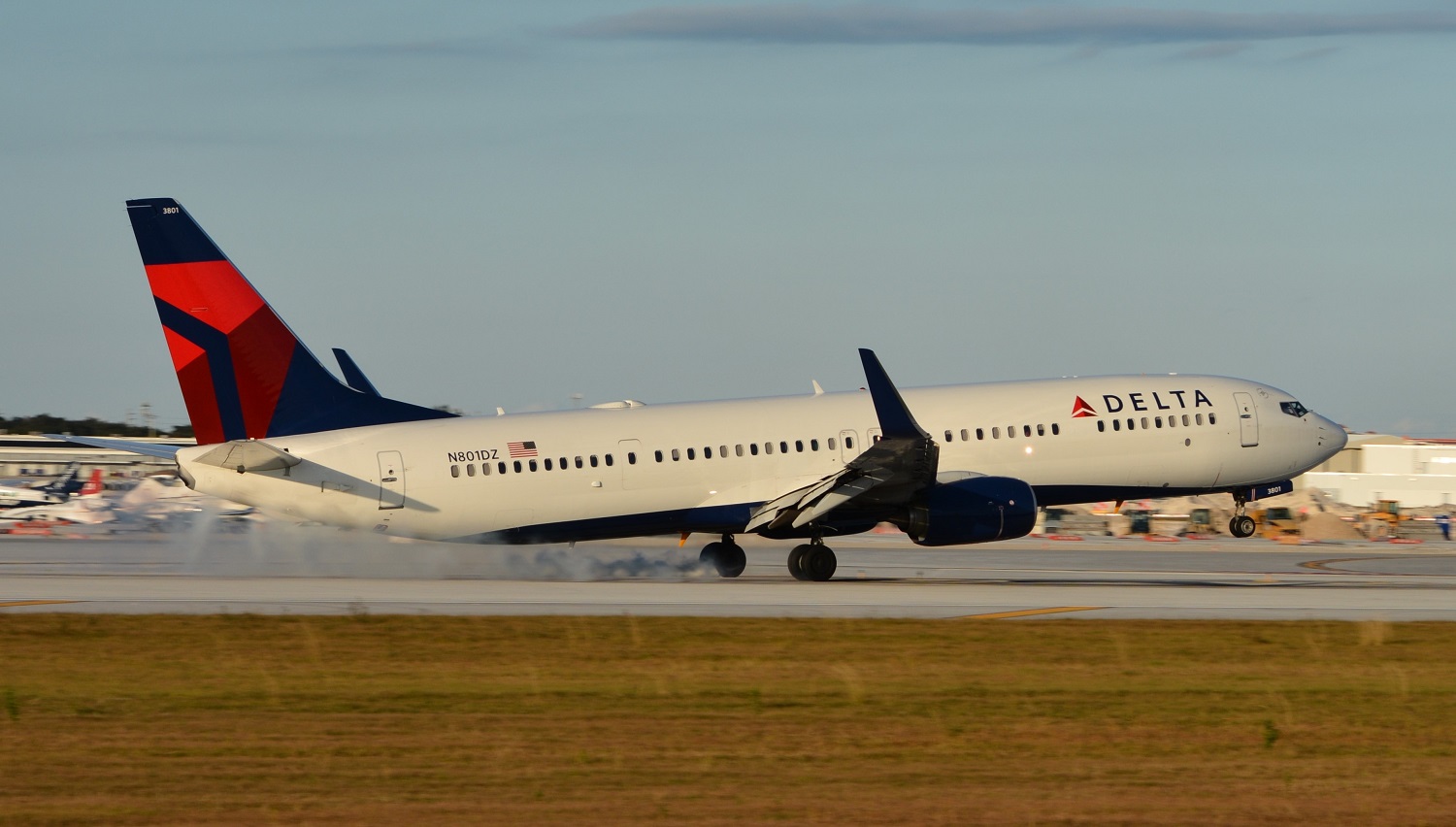Boeing 737-900ER: The Versatile Workhorse Of Modern Aviation
The Boeing 737-900ER is a remarkable aircraft that has made significant strides in the aviation industry. As one of the most popular narrow-body jets, it caters to a wide range of airlines and passengers alike. With its impressive range, fuel efficiency, and passenger capacity, the 737-900ER has established itself as a reliable choice for both domestic and international flights. In this article, we will delve into the details of the Boeing 737-900ER, exploring its specifications, history, and the impact it has had on modern aviation.
The Boeing 737-900ER is an extended range variant of the Boeing 737 Next Generation series. It was designed to meet the increasing demand for longer flights while maintaining operational efficiency. With a capacity to carry up to 220 passengers, it allows airlines to optimize their routes and reduce operating costs. This article will provide an in-depth look at the aircraft, including its features, technological advancements, and its role in the fleet of various airlines around the world.
As we explore the Boeing 737-900ER, we will also examine its advantages over other aircraft in its class, regulatory certifications, and the future of this aircraft model. Whether you are an aviation enthusiast, a passenger, or someone looking to understand the intricacies of commercial aviation, this article aims to provide valuable insights into one of the most significant aircraft of our time.
Table of Contents
- History of the Boeing 737-900ER
- Specifications and Features
- Performance and Operational Efficiency
- Passenger Experience on the Boeing 737-900ER
- Airline Usage and Popularity
- Safety and Regulatory Certifications
- The Future of the Boeing 737-900ER
- Conclusion
History of the Boeing 737-900ER
The Boeing 737-900ER was introduced in 2000 as part of the Boeing 737 Next Generation series. It was developed to meet the growing demand for larger and more efficient aircraft that could serve both short-haul and medium-haul routes. The "ER" in its name stands for "Extended Range," which signifies its enhanced fuel capacity and operational range compared to its predecessors.
Initially, the Boeing 737-900 was designed to accommodate up to 189 passengers, but the ER variant allowed for a maximum capacity of 220 passengers with a single-class configuration. This feature made the aircraft particularly appealing to low-cost carriers looking to maximize revenue on high-demand routes.
Development Timeline
- 1997: Boeing announces the development of the 737-900.
- 2000: First flight of the Boeing 737-900.
- 2007: Introduction of the Boeing 737-900ER with enhanced features.
- 2013: Boeing celebrates the delivery of the 1,000th 737-900ER.
Specifications and Features
The Boeing 737-900ER is known for its impressive specifications, which contribute to its appeal among airlines and passengers. Below is a detailed overview of its key specifications:
| Specification | Details |
|---|---|
| Length | 42.1 meters (138 feet 2 inches) |
| Wingspan | 35.8 meters (117 feet 5 inches) |
| Height | 12.5 meters (41 feet 2 inches) |
| Maximum Takeoff Weight | 85,000 pounds (38,555 kg) |
| Maximum Range | 3,200 nautical miles (5,900 km) |
| Passenger Capacity | Up to 220 in a single-class configuration |
| Engines | CFM International CFM56-7B |
Notable Features
- Advanced wing design for improved fuel efficiency.
- Upgraded cockpit with modern avionics.
- Quiet engine technology for reduced noise pollution.
- Flexible seating configurations for varying passenger needs.
Performance and Operational Efficiency
The Boeing 737-900ER is designed for optimal performance, making it a favorite choice for airlines seeking fuel efficiency and reliability. Its CFM56-7B engines provide excellent thrust while minimizing fuel consumption, allowing airlines to operate more economically.
One of the standout features of the 737-900ER is its ability to perform well on both short and medium-haul routes. Its extended range allows airlines to connect destinations that were previously not feasible with other narrow-body aircraft. This flexibility has enabled carriers to expand their route networks and improve overall profitability.
Fuel Efficiency
- The 737-900ER is designed to consume less fuel per seat compared to older aircraft models.
- Improvements in aerodynamics contribute to reduced drag during flight.
- Utilization of lightweight materials in the aircraft's construction enhances overall efficiency.
Passenger Experience on the Boeing 737-900ER
Passenger comfort is a key consideration for airlines operating the Boeing 737-900ER. The aircraft features a spacious cabin layout that enhances the overall flying experience. Airlines can customize the interior to meet their branding and service requirements, offering a range of seating options from economy to premium classes.
Passengers can expect modern amenities, including:
- Overhead storage compartments for convenient luggage placement.
- In-flight entertainment systems for an enjoyable journey.
- Improved cabin pressure and humidity levels for enhanced comfort.
Seating Configurations
- Single-class layout for maximum passenger capacity.
- Two-class layout for airlines focusing on premium services.
- Flexible seating arrangements to accommodate different market demands.
Airline Usage and Popularity
The Boeing 737-900ER has gained immense popularity among airlines worldwide, with numerous carriers incorporating it into their fleets. Its versatility allows airlines to serve various markets effectively, from low-cost carriers to major international airlines.
Some notable airlines operating the Boeing 737-900ER include:
- Delta Air Lines
- United Airlines
- Alaska Airlines
- Garuda Indonesia
Market Demand
As air travel continues to grow, the demand for efficient and reliable aircraft like the Boeing 737-900ER is expected to remain strong. The aircraft's ability to connect regional markets and facilitate international travel makes it a vital asset for airlines worldwide.
Safety and Regulatory Certifications
The Boeing 737-900ER has an excellent safety record, which is a crucial consideration for airlines and passengers alike. The aircraft is subject to rigorous safety standards and regulatory certifications from aviation authorities around the world.
Key safety features of the Boeing 737-900ER include:
- Advanced avionics systems for improved navigation and communication.
- Robust design and engineering to withstand various operational conditions.
- Ongoing maintenance and upgrades to ensure compliance with safety regulations.
Regulatory Approvals
The Boeing 737-900ER has received certifications from several aviation authorities, including:
- Federal Aviation Administration (FAA)
- European Union Aviation Safety Agency (EASA)
- International Civil Aviation Organization (ICAO)
The Future of the Boeing 737-900ER
As the aviation industry evolves, the Boeing 737-900ER is poised to adapt to changing market demands. The aircraft's design allows for upgrades and modifications, ensuring it remains competitive in the face of newer models.
Future developments may include:
- Incorporation of more fuel-efficient engines
Wembanyama Stats: A Comprehensive Analysis Of Victor Wembanyama's Performance
Exploring The Life And Achievements Of Alexis Avila
Exploring Celebrity IOU: A Heartwarming Journey Of Gratitude And Transformation

Boeing NextGeneration 737900ER Surpasses 500 Orders the Romance of 
Boeing 737900ER Delta Air Lines Takeoff Climbing 
Delta Air Lines Boeing 737900ER Touch Down Runway Aircraft Wallpaper


